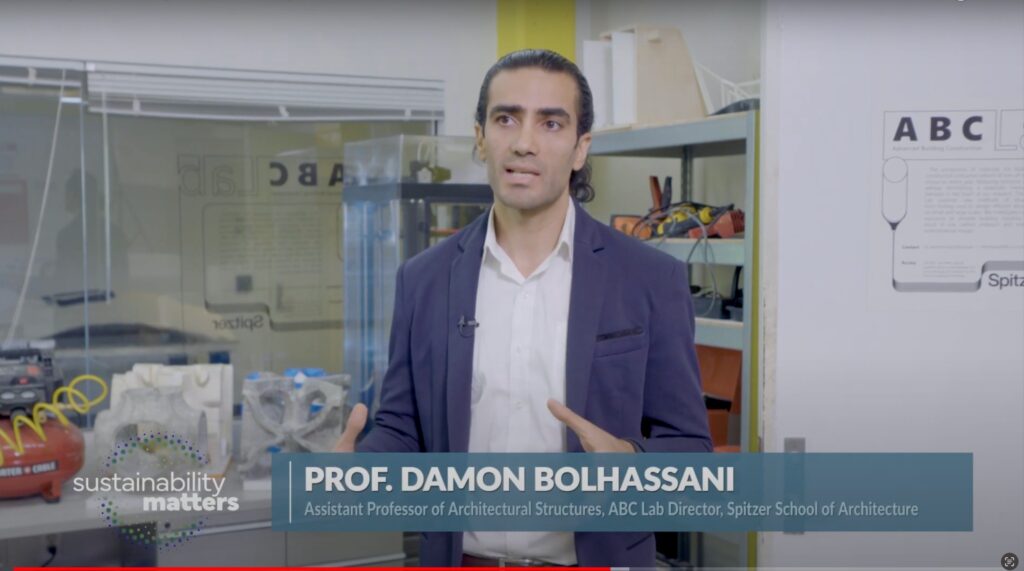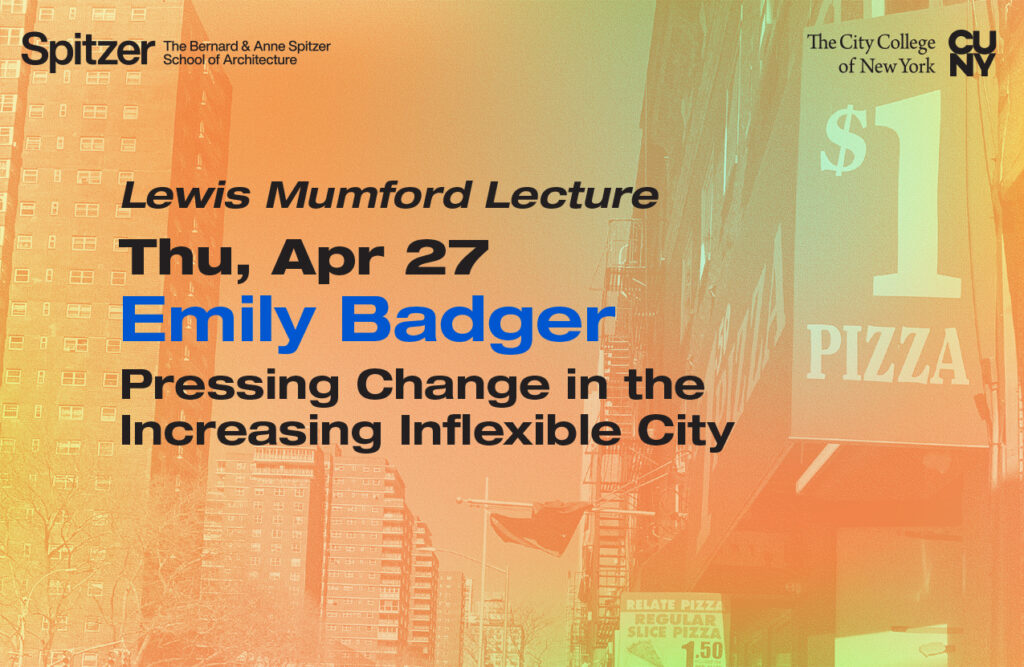Videos
On Migration: The Imperceptible Veil of Architecture — Arturo Ortiz Struck — Fall 2022 Lecture Recording
This lecture was held on 11/17/22 and was part of the Spitzer Fall 2022 Sciame Lecture Series, titled “Border Crossings: Architecture and Migration in the Americas.”
Arturo Ortiz Struck is a visual artist and architect. Currently he is leading Taller Territorial de México, a research centre on architecture, art, and urbanism. He was member of the National System of Art Creators (FONCA) between 2007 and 2014. He has taken part in numerous exhibitions of contemporary art and architecture. Ortiz Struck won the National Journalism Award “Faces of Discrimination” for his article “From architecture, discrimination” (Nexos, April 2012).
“On Migration: The Imperceptible Veil of Architecture”: In my opinion, architecture and urban theory have become disciplines that produce an imperceptible veil, one in which we can not see things as a whole, but just fragments useful to stimulate our disciplinary fantasies, but far away to make The Real rear its head.
These disciplines provide a powerful way of reading the production of space; I don’t think, however, they’ve been successfully articulated into an extended comprehension of environments.
I question if these disciplines can interact with the complexity of the contexts at all, I guess if there are enough critical standings in architecture and urban theory to develop new approaches to territories.
As an artist, my work focuses on the sensible understanding of space. I produce notes or independent ideas but, next to each other, they configure a different reading of the territory, a reading that reveals space as void, its ideological representations and narrative weaknesses; in order to powering the observer through new perceptible aspects of space, my artwork try to be produced as an instrument of political pulsion.
“Border Crossings: Architecture and Migration” in the Americas presents meditations on the topic of migration from nontraditional, creative, and interdisciplinary perspectives. The distinguished speakers — architects, landscape architects, architecture historians, social historians, a philosopher, an anthropologist, and an attorney — question conventions, especially the conceptualization of migration as linear. They frame migration as a multivalent process, considering the lived realities and material conditions of migration, historically and in the present. Migration in the Americas is more than just the movement and resettlement of bodies, numbers that cross lines and appear/disappear in different places. Migration is not merely (dis)placement, it is also a metamorphosis. Migrants are human beings who are transformed to the core by their movement, and they transform not only their places of departure and arrival, but the entire space that is filled with their journeys.
This lecture series is made possible by the Spitzer Architecture Fund and the generous support of Frank Sciame ’74, CEO of Sciame Construction.

ABC Lab, Prof. Bolhassani, and CCNY students featured on CUNY TV’s ‘Sustainability Matters’

Pop Joslaine Manos B Arch `26 Shares Her Architectural Journey in Video Interview

Online Symposium: Mass Support Session 3 Recording

Online Symposium: Mass Support Session 2 Recording

Online Symposium: Mass Support Session 1 Recording


